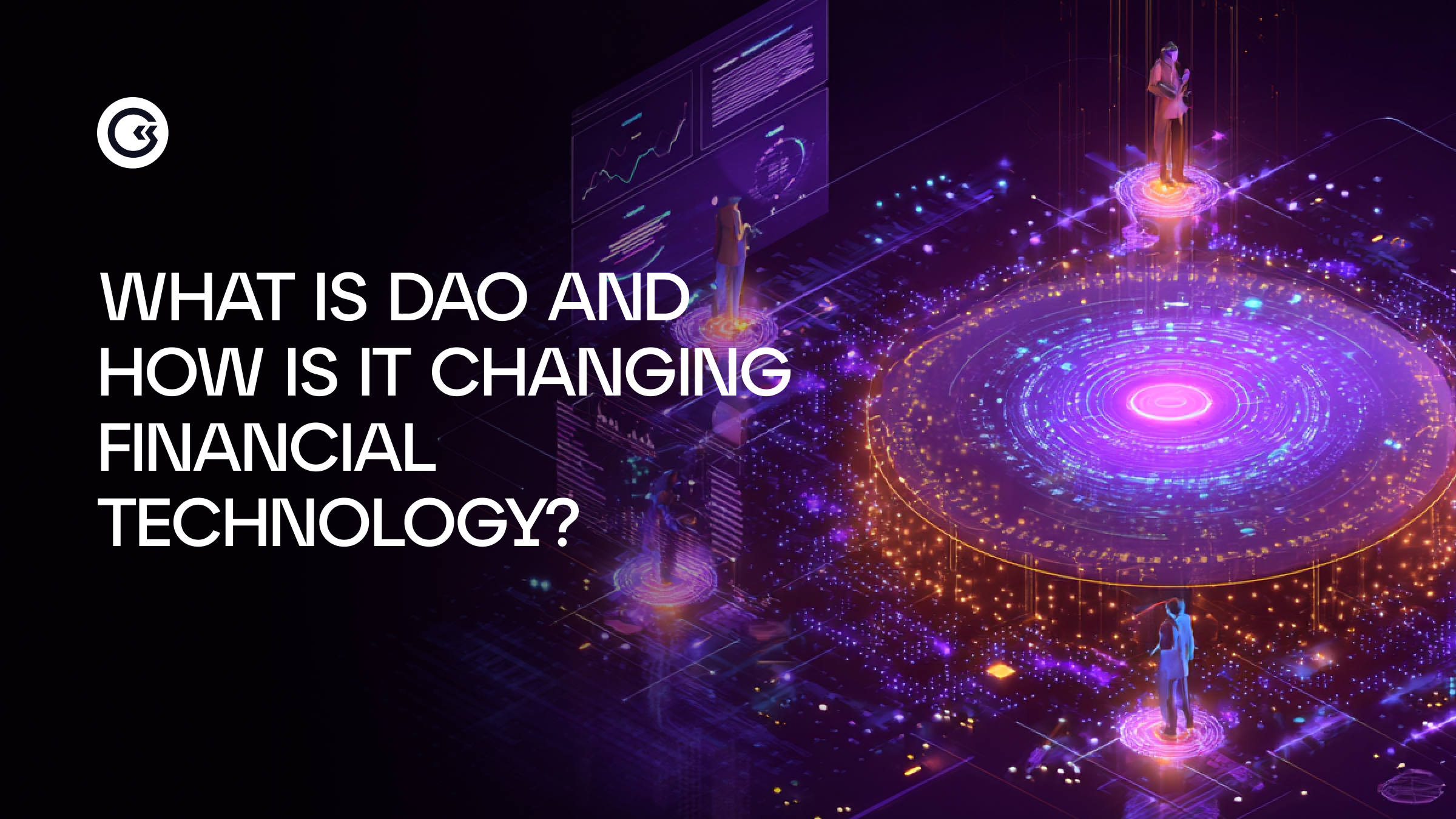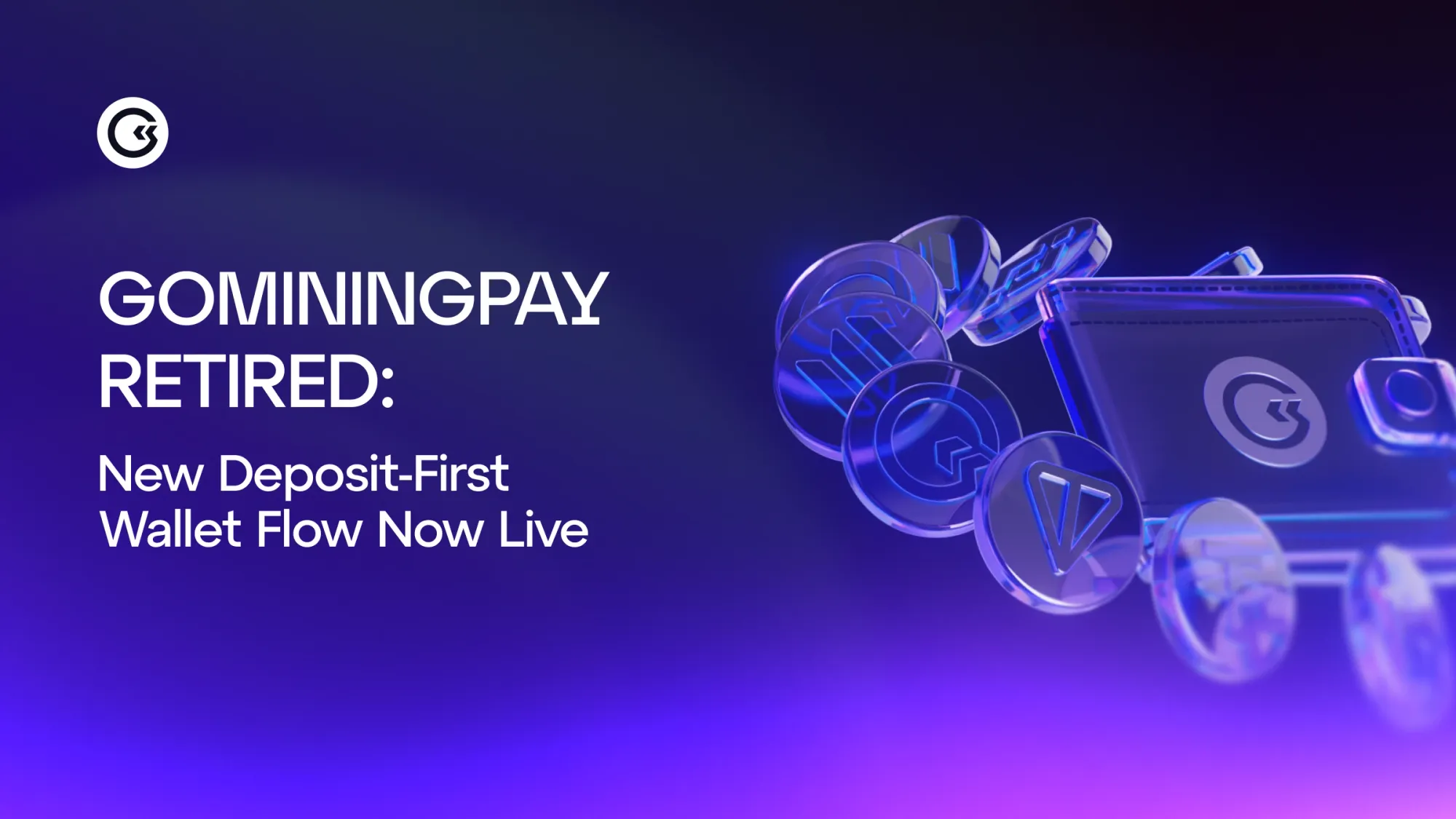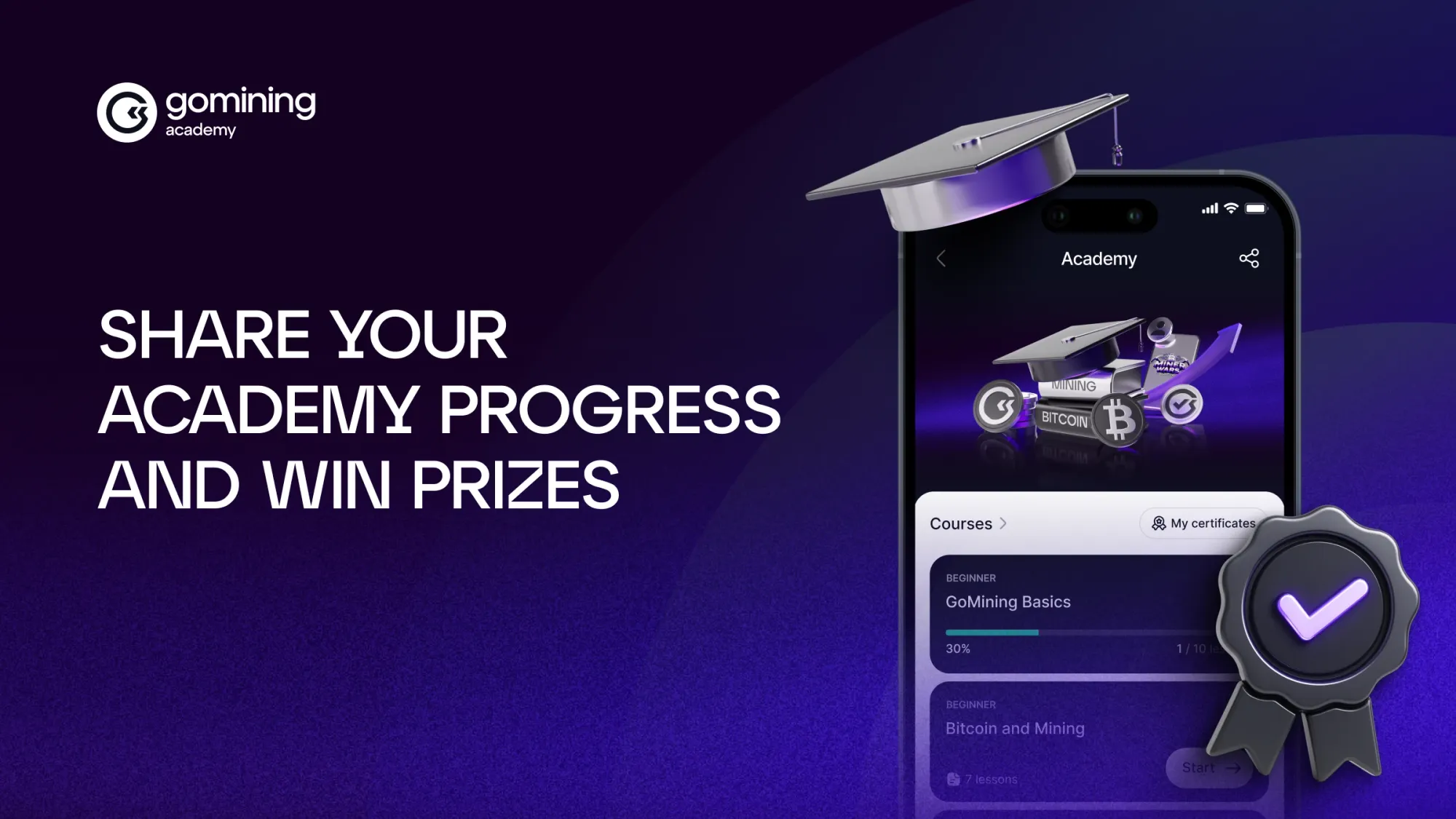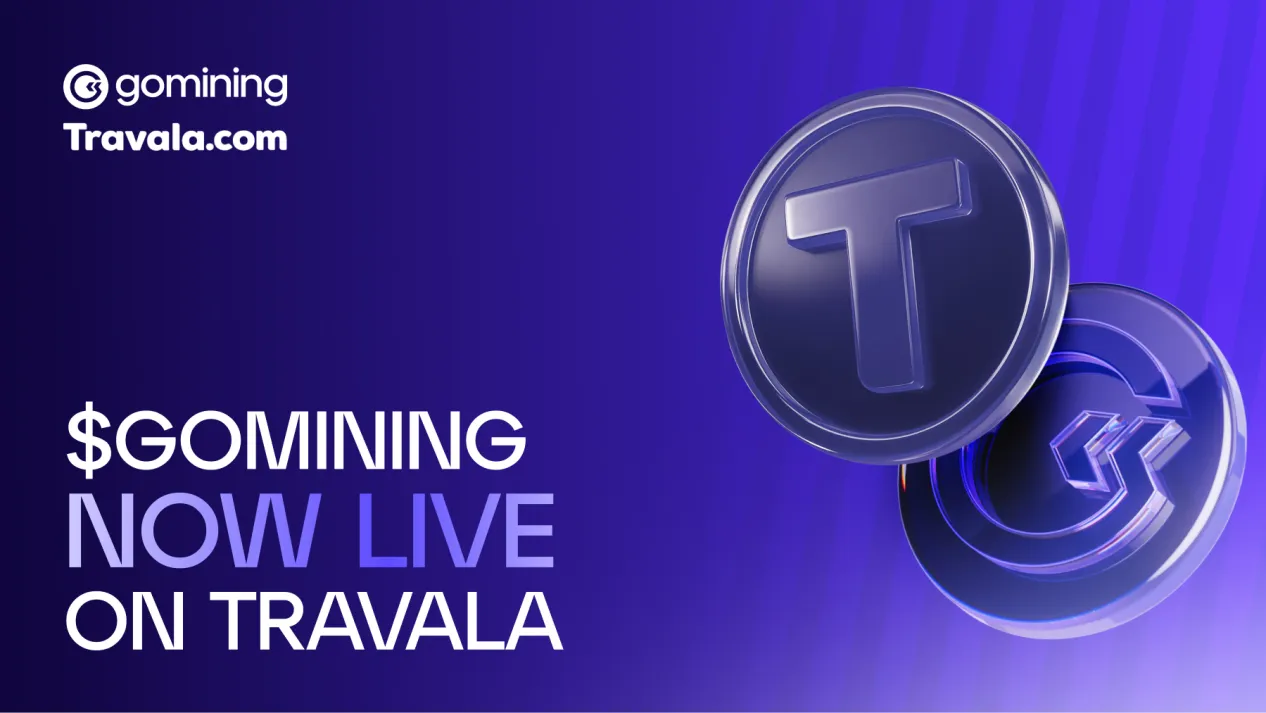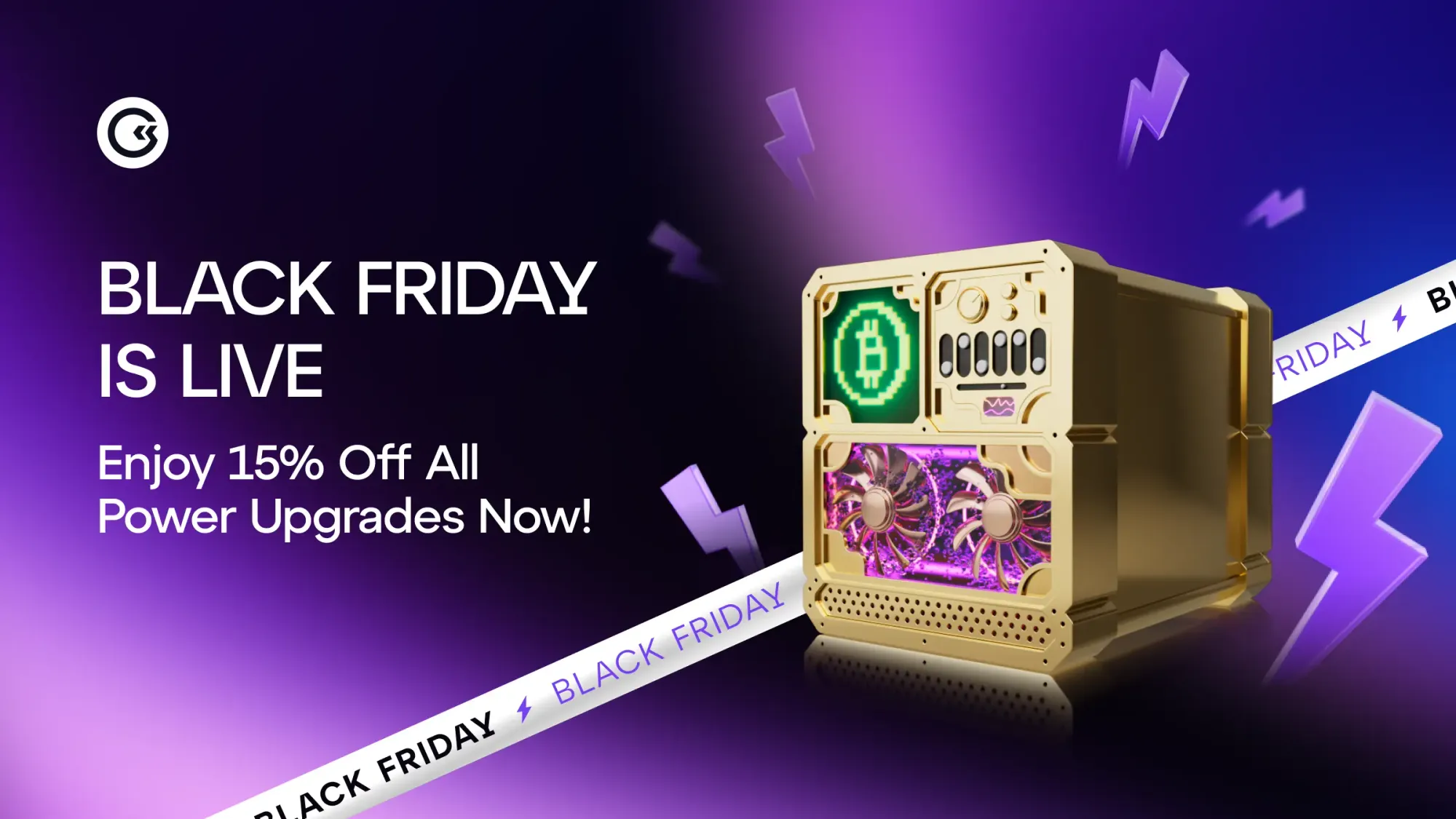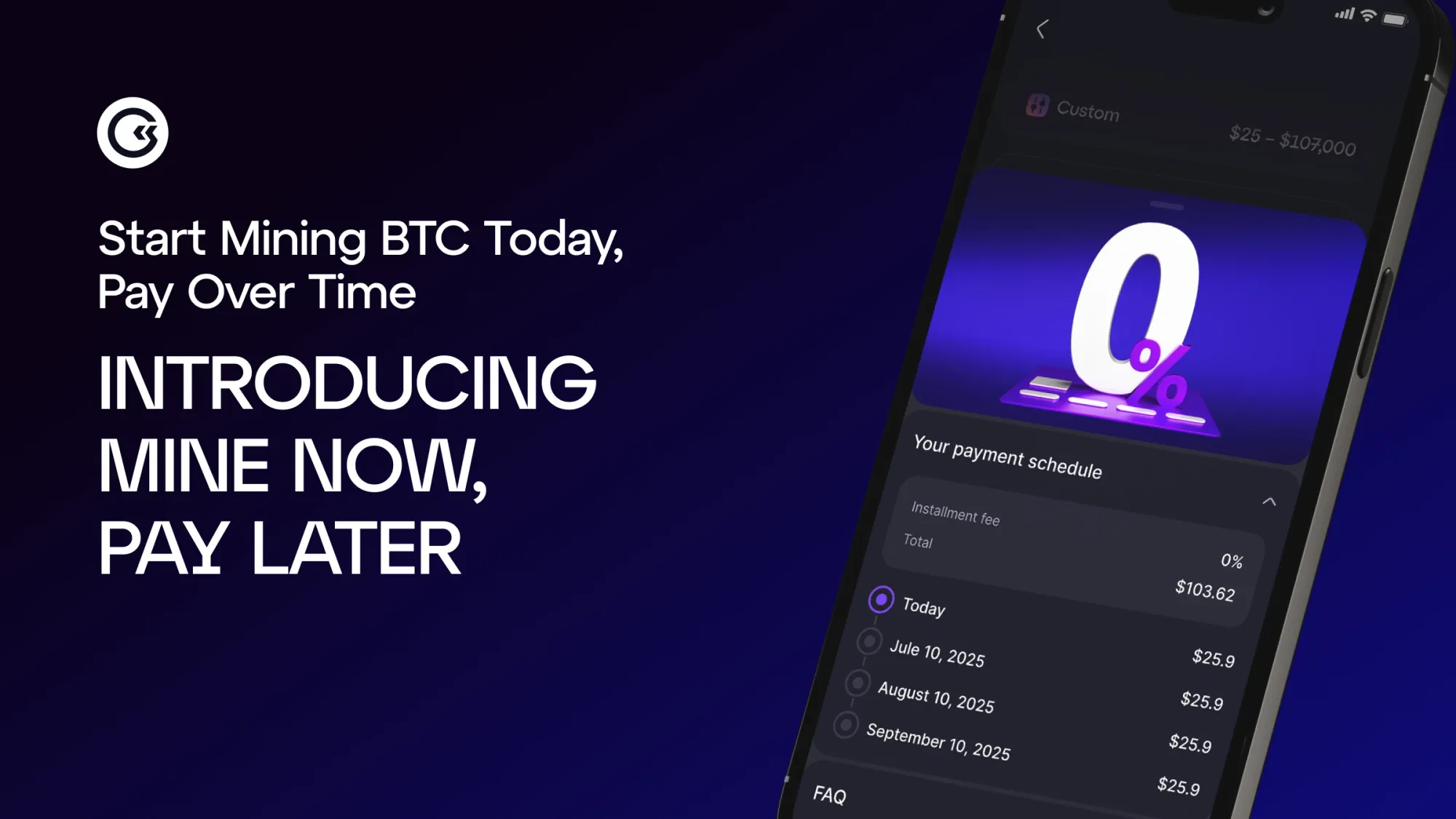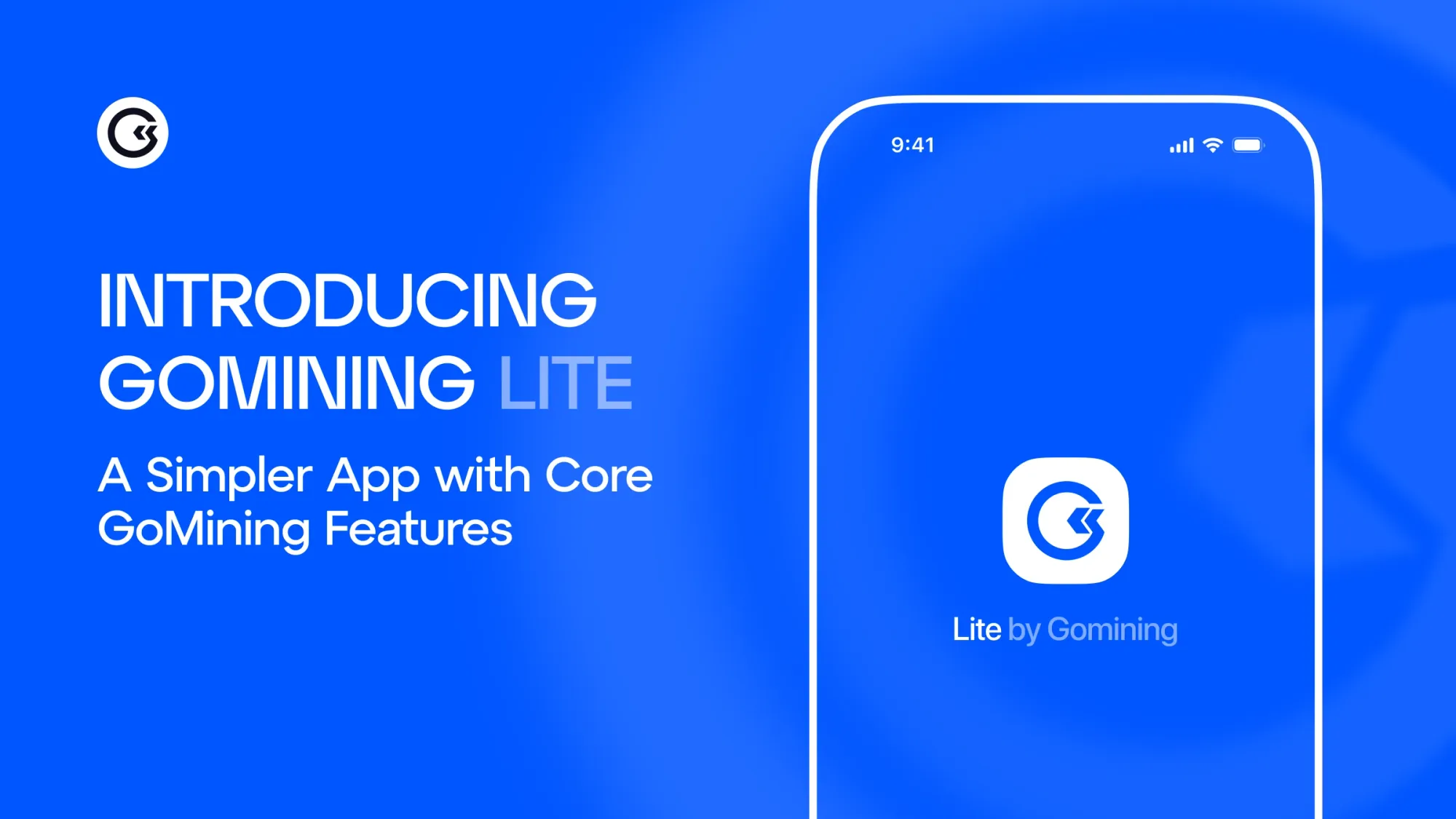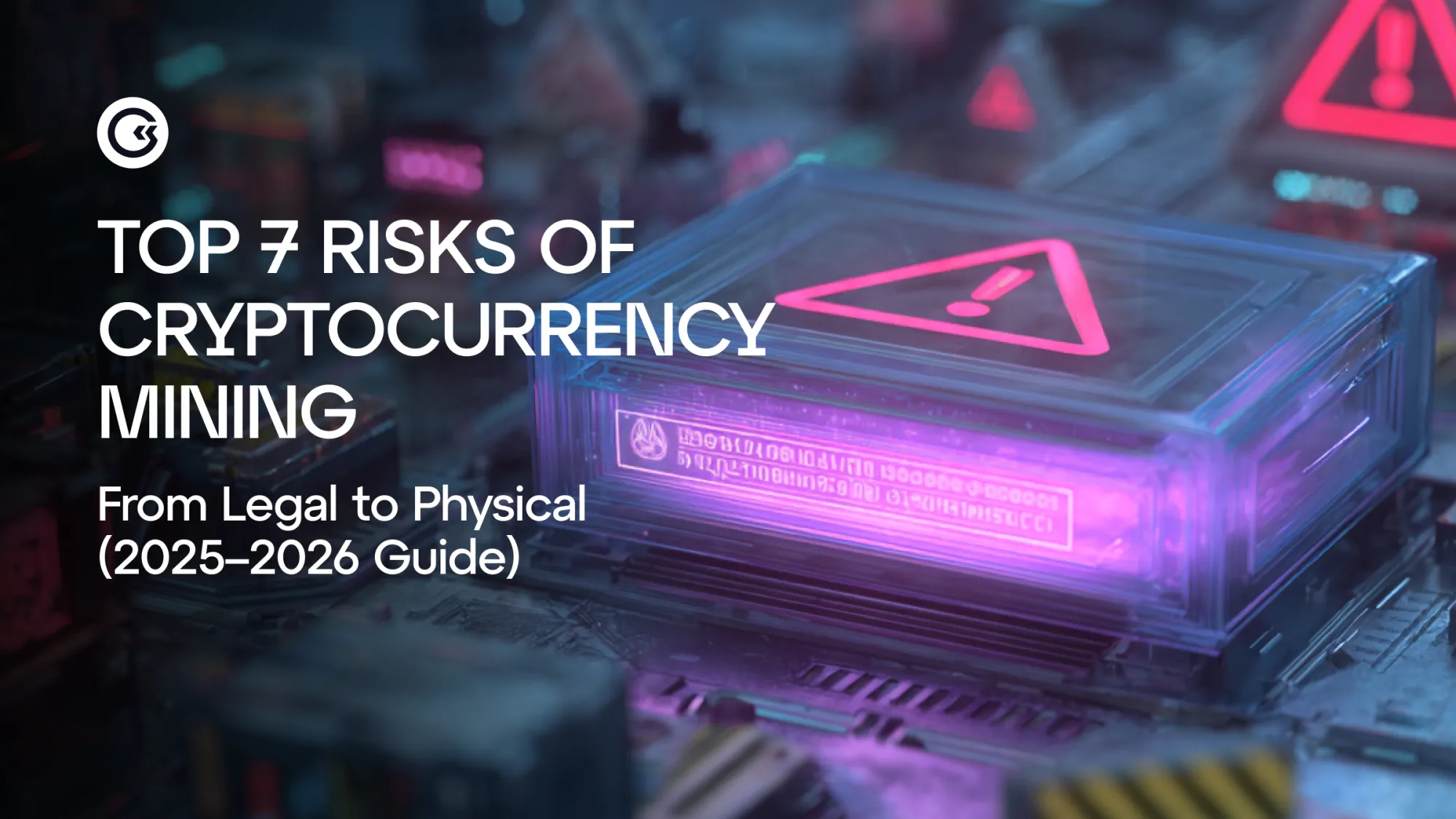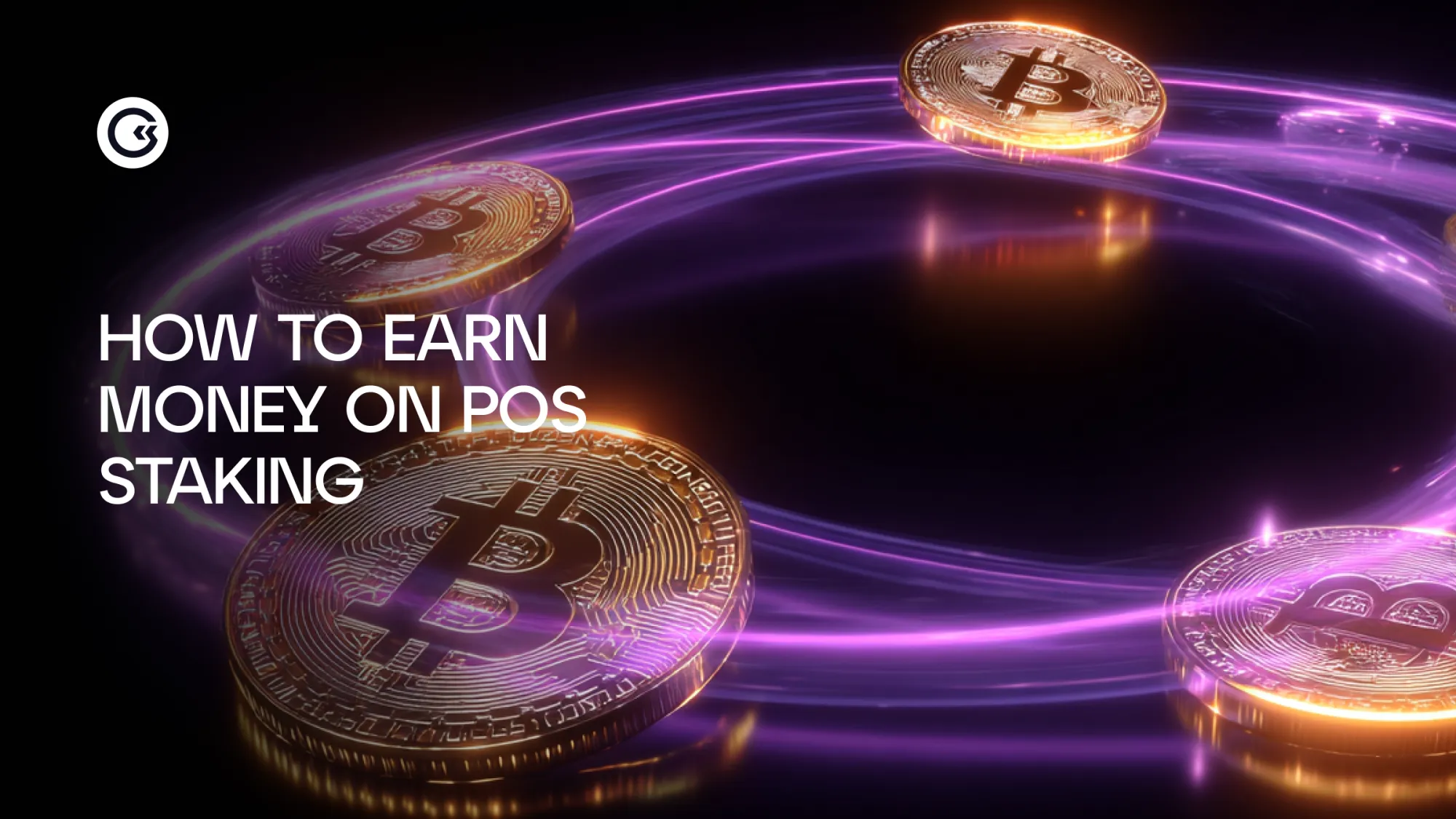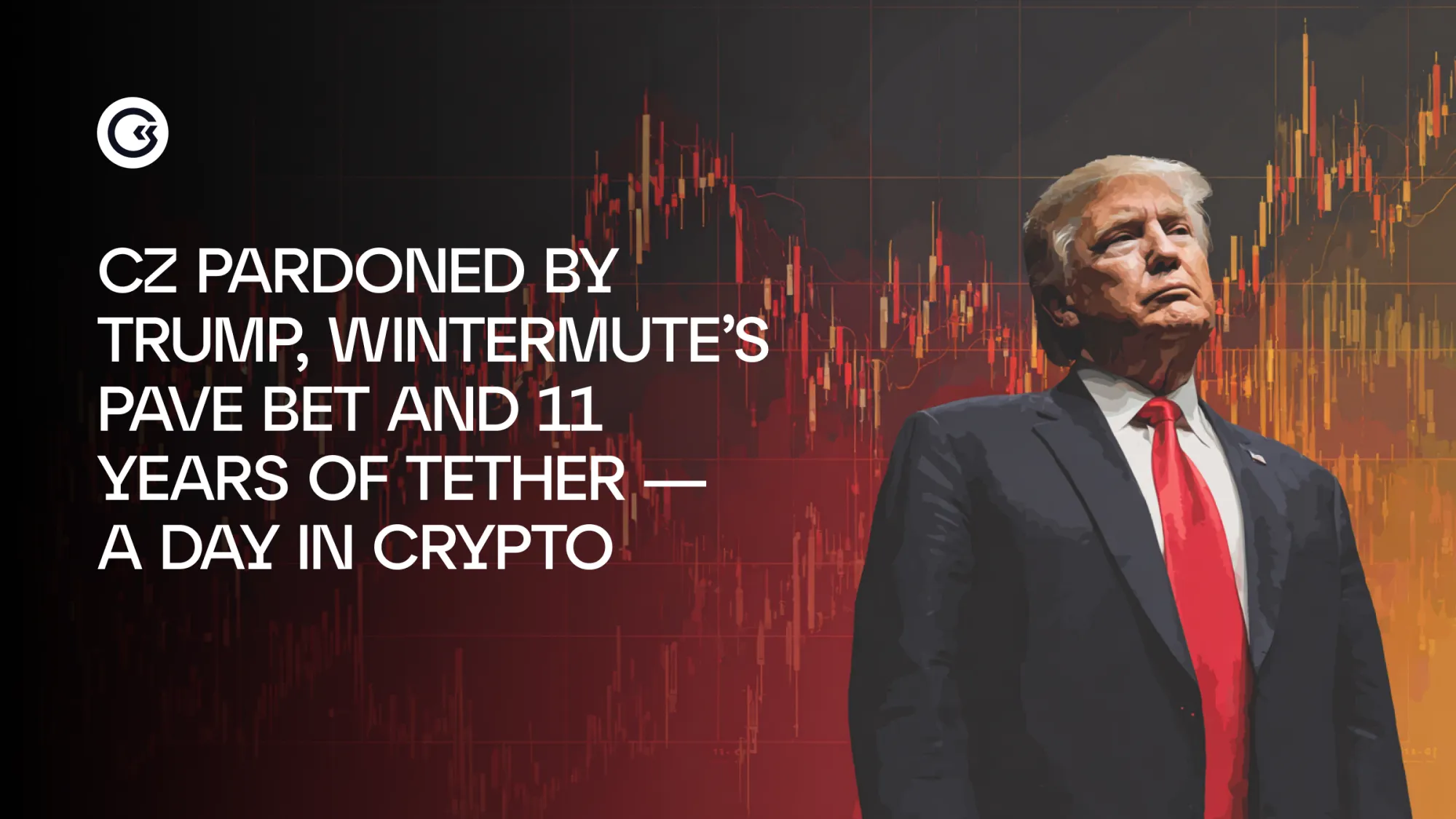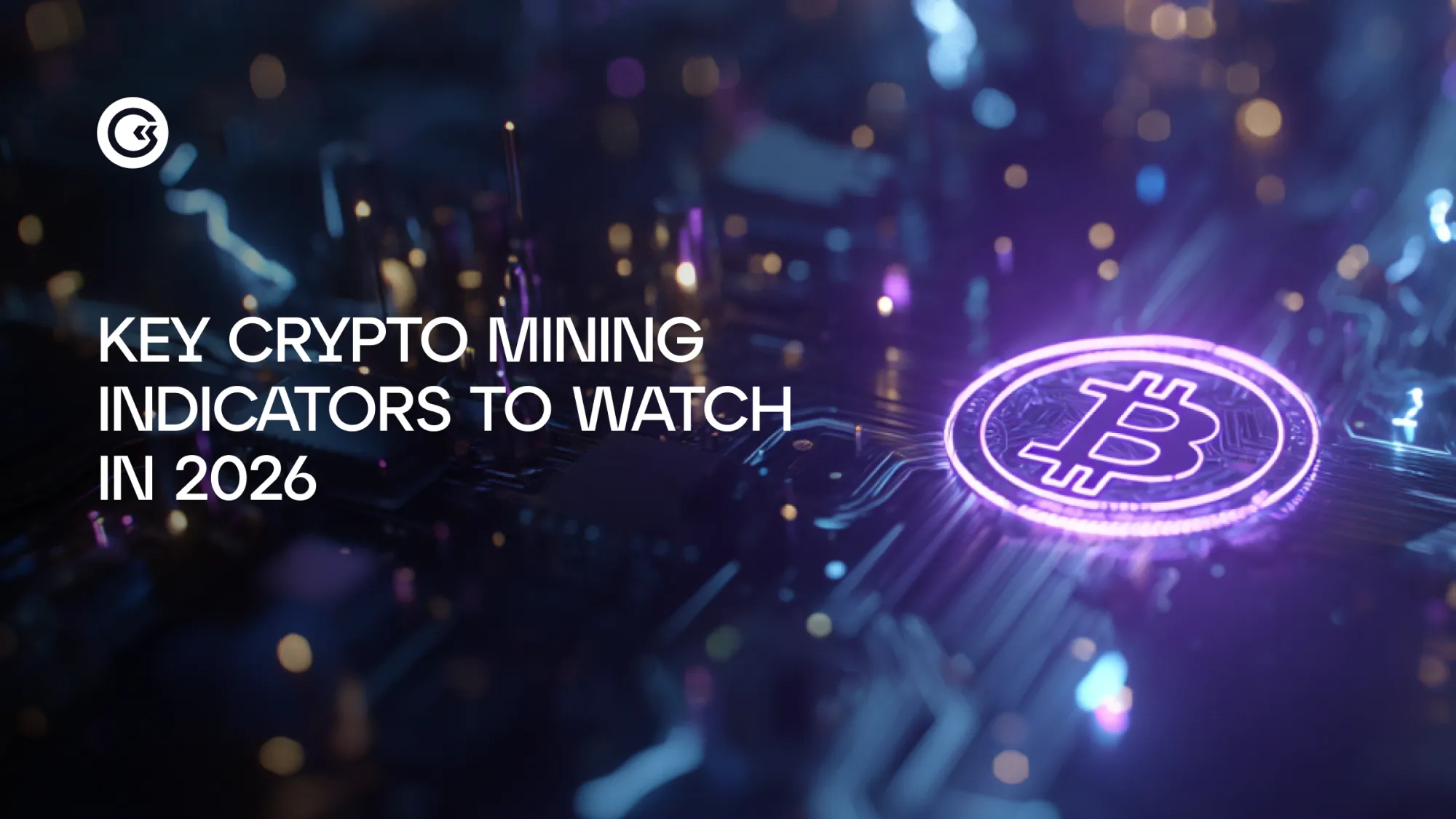Intro
What is DAO, and why has this question become central to today’s conversations about money and technology? At first glance, DAOs look like just another acronym in crypto, but they point to something more: a new way of organizing people and resources without the usual central authority.
That idea is already drawing attention in finance and Web3, where openness and community-driven rules are gaining ground. In this article, we’ll unpack how DAOs work, why they matter for the future of financial technology, and what opportunities and challenges come with them.
What is a DAO?
A Decentralized Autonomous Organization is a group that runs on code instead of corporate hierarchy. In practice, it means decisions are guided by smart contracts (self-executing programs on a blockchain) and carried out collectively by members who hold tokens. The term first appeared on Ethereum forums in 2016, where developers imagined organizations that could function without executives or physical offices. That idea has since evolved: from the first experimental crowdfunding projects to today’s complex DAOs that manage billions in digital assets.
The story of DAOs cannot be told without “The DAO” of 2016, an early Ethereum experiment that raised $150 million before a flaw in its code was exploited. The hack forced Ethereum into a controversial hard fork but also marked the beginning of serious debate about code as law. That event shaped today’s security practices and highlighted the balance between autonomy and human oversight. Modern DAOs have learned from that moment, building specialized governance models that are more resilient and mature.
What makes a DAO different is not just the technology but its core traits. Power is distributed across participants rather than concentrated at the top. Processes are automated so they continue without manual oversight, giving these groups a degree of autonomy that traditional companies cannot match. And transparency is built in, since every action is recorded on a public ledger, creating accountability that anyone can verify.
How Does a DAO Work?
At the center of every DAO are smart contracts: bits of code that define rules and automatically execute them once conditions are met. These contracts handle tasks that in a traditional company would require paperwork, managers, or lawyers. For example, a vote on a funding proposal is recorded directly on the blockchain, and the outcome (whether approval or rejection) is enforced by the contract itself.
Governance usually happens through tokens. Members hold governance tokens that represent voting power, and decisions scale with the number of tokens a person controls. This creates a direct link between participation and influence, though many DAOs experiment with mechanisms to prevent domination by large holders.
Community involvement is essential. Proposals often start in public forums or Discord groups, then move to on-chain voting once refined. Modern DAOs often use platforms like Snapshot for proposal signaling and tools like Tally or Aragon for execution.
Many also require quorum thresholds to pass, ensuring that decisions reflect a minimum level of participation. For instance, Uniswap requires millions of UNI tokens for a proposal to be valid, while MakerDAO structures votes around collateral ratios and stability mechanisms.
Execution often passes through working groups and signers who manage specific domains such as risk, treasury, partnerships, or grants. Multi-sig wallets act as circuit breakers: even after a vote passes, changes may require several independent approvals and a delay window. This pattern keeps day-to-day operations moving while giving the wider community clear checkpoints to intervene.
Over time, DAOs have branched into different models, each serving a distinct purpose:
- Protocol DAOs: oversee the rules and upgrades of a blockchain or DeFi platform.
- Grant DAOs: fund projects and distribute resources to developers or researchers.
- Social DAOs: bring people together around shared identity, culture, or values.
- Capital-raising DAOs: pool assets for collective ventures such as startups or acquisitions.
Each type shows the range of what a DAO can become when code, tokens, and human coordination come together.
Benefits of DAOs in Financial Technology
A decentralized autonomous organization can reshape how financial systems operate by putting transparency first. Every rule, vote, and transaction is written into a blockchain record, so participants do not have to rely on trust in executives or hidden processes. This visibility makes it harder for mismanagement to go unnoticed and easier for members to confirm outcomes.
Lower operational costs are another advantage. By replacing layers of managers, lawyers, and intermediaries with automated code, DAOs can execute decisions quickly and cheaply. That efficiency is especially important in markets where cross-border transfers or compliance checks often add friction.
Perhaps the most compelling benefit is accessibility. Anyone with a wallet and an internet connection can join, regardless of geography. This global reach allows communities to form around shared goals instead of national boundaries.
For people who are unbanked or underbanked, DAOs offer a way to participate in collective finance without needing approval from traditional institutions.
For fintech use cases, the outcome is a governance surface that is openly auditable, a cost base that trends toward software rather than overhead, and a participation model that welcomes contributors wherever they are connected.
Challenges and Risks of DAOs
While DAOs unlock new possibilities, they also face major hurdles. One of the most pressing is legal uncertainty. Most jurisdictions do not recognize DAOs as formal entities, which creates problems around liability, taxation, and compliance. Without a clear framework, members may be exposed to unexpected risks when regulators step in.
Regulation remains fragmented. In the U.S., Wyoming has introduced a “DAO LLC” structure that allows some groups to register with limited liability, though adoption remains modest. The SEC has also argued in several cases that governance tokens may resemble unregistered securities.
In Europe, the MiCA framework advances regulation of crypto markets, yet DAOs often fall outside clear categories, leaving liability in question. For now, DAOs operate in a patchwork environment where recognition depends on jurisdiction.
Practical operating playbooks are emerging: register a wrapper entity where available, publish clear disclosures on decision scope and treasuries, separate risk-critical actions into guarded processes, and maintain post-mortems for every incident. These steps do not remove legal uncertainty, but they raise the overall quality bar.
Security is another challenge. Smart contracts can contain programming errors that act as attack vectors for hackers. The infamous 2016 DAO incident, where millions of dollars’ worth of ether was drained due to a coding flaw, remains a reminder that transparency does not equal safety. Even with audits, vulnerabilities can slip through and put treasury funds at stake.
Coordination can also be messy. Although voting tokens give everyone a voice, many members fail to participate. Voter apathy leaves decisions in the hands of a few active actors, reducing the democratic promise of the model. Large-scale DAOs further struggle with scalability: the more members involved, the harder it becomes to reach consensus quickly.
The risks do not erase the model’s value, but they set the bar: DAOs earn trust by hardening code, clarifying liability, and raising participation quality.
DAOs and the Future of Financial Technology
Looking ahead, DAOs are set to play a larger role in shaping how digital finance evolves. In decentralized finance (DeFi), they already govern lending protocols, stablecoin systems, and exchanges, acting as the decision-making layer behind critical infrastructure. Similar models could extend to asset management, where token holders guide how pooled funds are allocated, or to crowdfunding, where communities decide which projects receive capital.
Protocols and platforms are adopting DAOs as governance blueprints. Instead of executives steering direction, token holders collectively set priorities, approve upgrades, or vote on how treasury reserves are used. This model could become a standard for fintech startups that want transparent alignment with their users.
DAOs also point to a future where code runs side by side with emerging technologies. Integration with artificial intelligence could automate more complex decisions, while links to the Internet of Things may enable self-governing systems that handle payments, insurance, or supply chain finance without manual oversight.
Emerging areas like decentralized science (DeSci) and Climate DAOs show how this model is branching into research funding and environmental action, creating digital institutions that serve public goods.
Early patterns include anomaly detection on treasury flows, automated proposal drafting from on-chain metrics, and machine-triggered payouts tied to IoT events such as delivery scans or sensor readings.
Banks and payment firms now face digital-native counterparts that can iterate policy in public, deploy upgrades on a schedule, and align users through tokens and programmatic rules rather than contracts alone.
Real-World Examples of DAOs
To see how DAOs function in practice, it helps to look at projects already shaping the landscape. MakerDAO remains one of the most influential, now rolling out its “Endgame” plan. This includes the launch of SubDAOs (specialized units with their own mandates), and a new governance token (NGT) designed to widen participation while keeping the stablecoin DAI resilient.
Uniswap DAO shows how governance can drive a platform at the center of digital markets. In 2025, it approved the “Uniswap Unleashed” proposal, allocating more than $120 million for development and operations. Alongside v4 upgrades and cross-chain expansion, the DAO created an Accountability Committee and stakeholder council to balance innovation with regulatory scrutiny.
Some DAOs are remembered for their impact even without lasting success. ConstitutionDAO famously raised $47 million in days to try to purchase a copy of the U.S. Constitution. Although it lost the auction, it remains a case study in how thousands of people can coordinate capital and purpose almost overnight.
The social and cultural space has also matured. Friends With Benefits (FWB) began as a buzzy social club but has since pivoted to more practical outcomes, launching “Friends With Builders” with partners like AWS, Alchemy, and Base. It now supports creative technologists through products and partnerships, evolving into a sustainable hub. Nouns DAO, meanwhile, has become a cultural powerhouse by auctioning one NFT each day and directing proceeds to projects ranging from fashion lines to art installations.
Other DAOs focus on preservation and public goods. PleasrDAO continues to acquire and safeguard cultural artifacts, including the Wu-Tang Clan’s Once Upon a Time in Shaolin, with NFT-based listening sessions. Gitcoin DAO uses its treasury to fund open-source development, climate initiatives, and decentralized science, while CityDAO experiments with blockchain-based land ownership and local governance.
DAOs now operate as engines for culture, technology, and collective action, with governance that is observable, iterative, and increasingly professional.
Advantages vs Disadvantages of DAOs
DAOs are not a single template but a family of governance patterns that trade speed for inclusion and automation for nuance. To read the model clearly, it helps to separate what DAOs do unusually well from where they tend to struggle in practice. The balance below reflects how mature DAOs operate today across finance, culture, and public goods.
Advantages
DAOs shine where transparency and participation matter most. Governance is democratized: instead of a boardroom deciding in private, token holders propose and vote in full view of the community. This on-chain record makes accountability hard to avoid. The model also lowers barriers to entry, since anyone with internet access can contribute, no matter their geography. By blending distributed authority with open ledgers, DAOs create space for innovation in global finance and community-driven projects.
Accountability improves because on-chain activity creates an auditable trail that anyone can review in real time. Participation can scale with tools such as delegated voting or quadratic voting (a method that reduces the influence of very large holders). Operationally, automated payouts and time-locked treasuries reduce manual handling of funds and keep programmatic promises intact across time zones.
Disadvantages
The flip side is technical complexity. Joining a DAO often requires using wallets, tokens, and blockchain interfaces that can be daunting for newcomers. Even seasoned members face governance inefficiency: votes can drag on, reach low turnout, or stall when opinions split. Finally, openness invites misuse. Bad actors can collude, buy influence, or direct funds toward illicit activities, putting treasuries and reputations at risk.
Common pain points include Sybil attacks (fake identities amplifying influence), vote buying, and passive concentration of power through long-term delegation. Some DAOs respond with reputation scores, contributor allowlists for sensitive actions, participation thresholds, or multi-sig safeguards that pause execution until human reviewers confirm outcomes. These controls add friction, yet they meaningfully reduce failure modes.
Code enables, people govern: durable DAOs pair strong automation with clear roles, measured delegation, and a culture that values steady contributors.
💡Earn Bitcoin While You Learn
Access real mining power backed by real machines. Pick your virtual miner, set energy preferences, and receive daily BTC rewards. 👉 Start earning Bitcoin at gomining.com
Conclusion
DAOs have moved from theory into practice, proving that code and community can share responsibility once held by executives or institutions. Their role in financial technology is already visible in DeFi platforms, stablecoins, and cultural collectives, and their influence is spreading into new domains.
The challenges (legal, technical, and social) remain real, but so do the opportunities for broader inclusion, transparent governance, and global participation. Looking ahead, DAOs are likely to evolve into a standard model for digital organizations, setting the stage for a future where financial and social systems are shaped by communities rather than gatekeepers.
The next phase is practical: clearer legal wrappers, safer defaults in tooling, and governance that rewards steady contributors as much as it celebrates new ideas.
Sources and Further Reading
- What Is a DAO? (Investopedia)
- What is a DAO and How Does It Work? (Digital Skills Jobs EU)What Are Decentralized Autonomous Organizations? (Coinbase)
- What is DAO? (Nym)
- Decentralized Autonomous Organizations (Hedera)
- What is a DAO? (TransFi Blog)
- Digital Assets & DAOs (CFTE Education Blog)
- DAOs Reshaping Governance (Bobsguide)
FAQ
What is a DAO in simple terms?A DAO is a group that runs through code and shared tokens instead of managers. Members make decisions by voting, and smart contracts automatically carry them out.
How does DAO governance differ from traditional corporations?Corporations rely on executives and a board. In a DAO, rules are transparent and on-chain, and token holders guide choices directly, creating a flatter, community-driven model.
Can DAOs replace banks or financial institutions?DAOs are unlikely to fully replace banks, but they can offer alternatives for lending, pooling assets, and funding projects. They complement institutions by showing how open systems can work.
What are the legal challenges DAOs face?Most governments don’t yet recognize DAOs as legal entities. That means issues like liability, taxation, and regulatory oversight are unclear, leaving members exposed to risk in disputes.
How do DAOs make money?DAOs generate revenue by charging protocol fees, issuing tokens, or funding projects that return value to the treasury. How funds are used is determined by community proposals and votes.
What are the most successful DAO examples today?MakerDAO, Uniswap DAO, Gitcoin DAO, and Nouns DAO are highly influential. They manage billions in assets, fund open-source development, and even support cultural initiatives through collective governance.
How can individuals participate in a DAO?Joining usually requires a crypto wallet and governance tokens. From there, anyone can propose ideas, vote on changes, or join working groups, depending on the DAO’s rules and structure.
October 3, 2025


